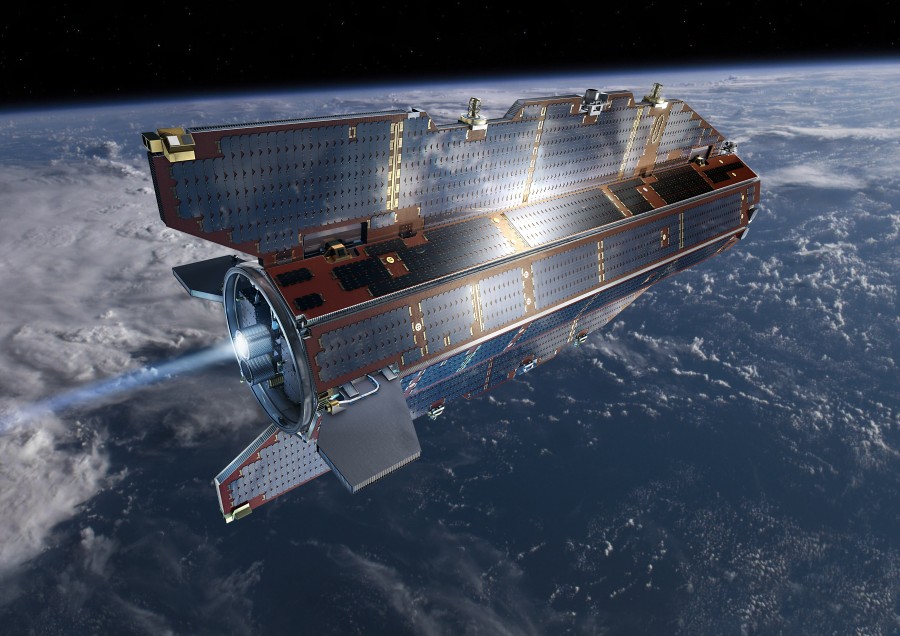 Photo Courtesy of ESA
Photo Courtesy of ESA
There seems to be a lot of space news this week. Mostly involving things falling out of the sky. First, a newly discovered object in space happens to be a combination of an asteroid, comet and a sprinkler of some sort. NASA spotted a giant rock about 1,400 feet wide and probably reaches surface temperatures of 1,500 degrees Fahrenheit. They believe the object is mostly made out of rock, making it more of a comet. It’s described as an “unusually fuzzy-looking object” – “asteroid with six comet-like tales of dust radiating from it like spokes on a wheel.”
On a more serious space note, a European satellite that ran out of fuel will start falling in the next few days, and fragments of the disintegrating 2,000-pound spacecraft are expected to hit the Earth’s surface. Unfortunately, nobody knows where or when the fragments will hit. According to the European Space Agency, parts are likely to fall into the ocean or unpopulated areas.
GOCE was launched in 2009 to map variations in the Earth’s gravity in 3D, provide ocean circulation patterns and make other measurements. The satellite was expected to fall much earlier but fuel consumption was less than expected.
So when you look up to the sky, careful for comets and falling satellites! Heads up!














